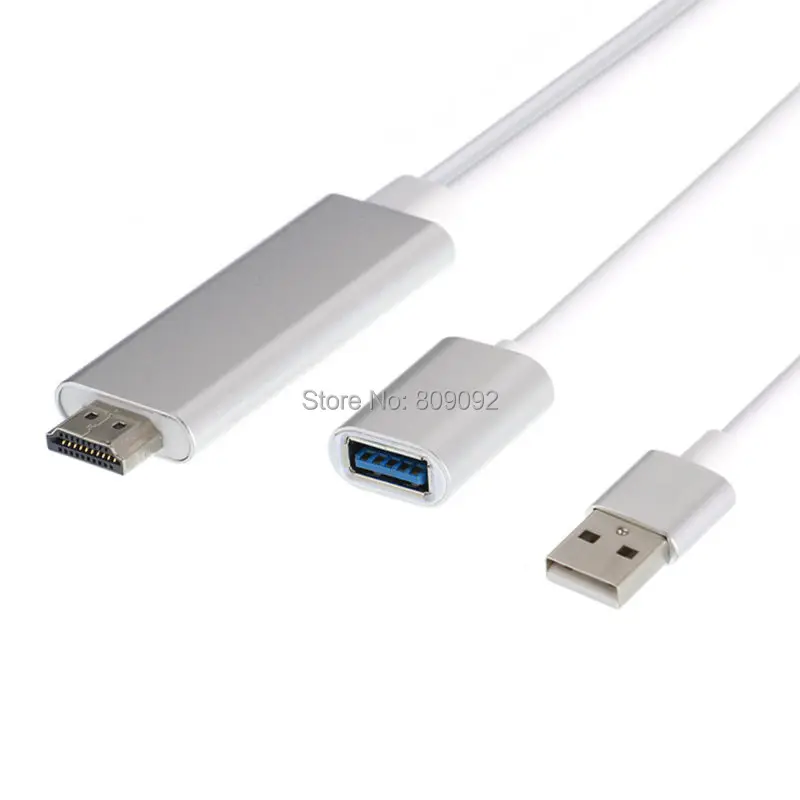

In Photos, pictures are displayed with a black background on the external monitor, and when a video is played it's shown only on the monitor. When using iMovie, for example, you can either have the editing screen displayed on the monitor, or you can opt to have the project's output shown on the screen by selecting the external display button. Some apps, however, can do more with the second screen. What you see on the iPad is what you see on the monitor. Some don't charge, so you'll need an adapter such as Apple's USB-C Digital AV Multiport Adapter or your iPad is going to drain.įor the most part, connecting the iPad Pro to a monitor will simply mirror your iPad's display. Some monitors will also provide power to the iPad Pro, charging it as it's used.For all other monitors, you'll need the appropriate adapter (USB-C to HDMI, USB-C to DisplayPort and so on).

The new iPad Pro ( $800 at Target) makes it easier to do - arguably, as we'll see - thanks to its USB-C port. The ability to mirror your iPad's ( $249 at Amazon) display to an external monitor has been possible for years through an HDMI adapter (30-pin or Lightning).


 0 kommentar(er)
0 kommentar(er)
